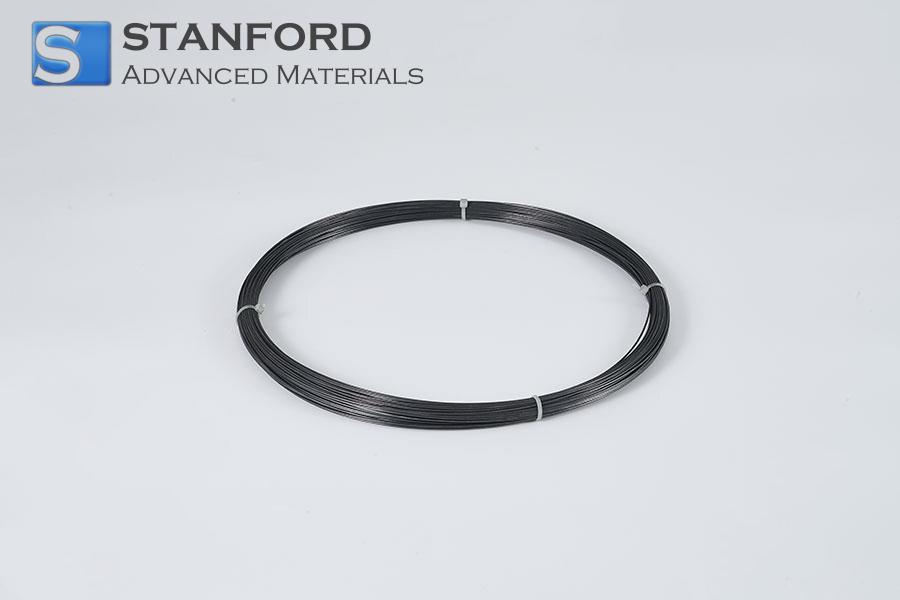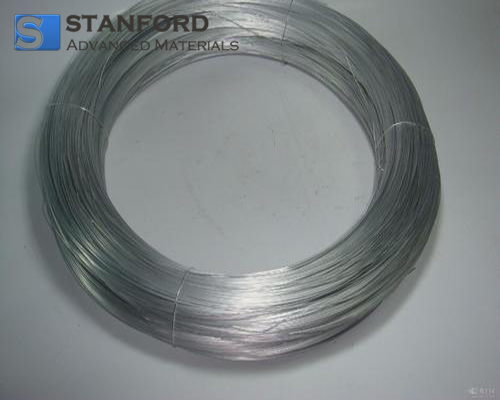Application Of Tungsten In Modern Industry
Wolfram is a silvery, dense refractory metal with the atomic number 74. It exhibits the second highest melting point among all chemical elements, given that carbon has the highest melting point. It also has the second highest boiling point after rhenium and ranks eighth in density, a level comparable to that of uranium and gold. In contrast to tin, aluminium and zinc, wolfram demonstrates very low toxicity.
The average abundance of this element is found in the continental crust. The metal is widely utilised in the form of tungsten carbide as a hard material. It is essential for cutting and wear-resistant surface applications such as wood cutting, metalworking, petroleum exploration and mineral drilling. Wolfram is also in demand as a specialised hardening agent in sectors including armour, steel, electronics, lighting and the chemical industry.
Modern technology provides a variety of application possibilities for the metal wolfram. The combination of properties – the highest melting point among metals, high density and low reactivity as well as toxicity – is not observed in any other single metal.
The following are some significant uses of wolfram in various industrial sectors:
Global consumption data indicate that 61% of wolfram is used in the form of hard materials, which is the primary application of this element. This ceramic-like material provides high levels of both toughness and hardness. Sintered tungsten carbide (WC) is employed in the manufacture of a variety of machine tools such as cutting tools, wear components and drill bits. Recent applications of tungsten carbide include sectors such as automotive, aerospace and defence, petroleum and mineral exploration, and the construction industry.
Another major application of wolfram is in steels and superalloys. In 2011, this use accounted for approximately 20%. The incorporation of wolfram in certain grades of steel increases their hardness, durability and corrosion resistance. Steels containing this element are suitable for the production of cutting or drilling tools. Tungsten-containing superalloys are primarily used in the aerospace industry and in the manufacture of turbine blades for jet engines.
Wolfram used in rolled products accounts for only 11% of global consumption. The material employed in everyday items falls under this category. Examples include the filament in incandescent light bulbs, components in ammunition and armour, applications in the automotive and aerospace sectors, furnace elements, jewellery, electronics, medical devices, nuclear applications, sports equipment and welding electrodes.

 Bars
Bars
 Beads & Spheres
Beads & Spheres
 Bolts & Nuts
Bolts & Nuts
 Crucibles
Crucibles
 Discs
Discs
 Fibers & Fabrics
Fibers & Fabrics
 Films
Films
 Flake
Flake
 Foams
Foams
 Foil
Foil
 Granules
Granules
 Honeycombs
Honeycombs
 Ink
Ink
 Laminate
Laminate
 Lumps
Lumps
 Meshes
Meshes
 Metallised Film
Metallised Film
 Plate
Plate
 Powders
Powders
 Rod
Rod
 Sheets
Sheets
 Single Crystals
Single Crystals
 Sputtering Target
Sputtering Target
 Tubes
Tubes
 Washer
Washer
 Wires
Wires
 Converters & Calculators
Converters & Calculators
 Write for Us
Write for Us



 Chin Trento
Chin Trento



